It never ceases to amaze me what you find in the very small village and town churches in Spain, the altars, the icons and the sheer scale of things just leave me in awe, but even I was not expecting to find such exquisite and detailed goldwork in the Guadix pueblo.
The cave house area, although now a very popular tourist destination and with houses selling for well above average prices for Spain, was originally the area where the very poorest lived. Those who could not afford building material literally dug their own houses out of the hills. There is a short article here on more of the history of the area if you would like to read more, we visited Jose’s cave while we were there and it is a fascinating look at how people live. He just asks for a donation for your visit and has a very welcome fridge full of cold drinks for sale and also sells local honey.
Around the area there were various references to a priest, San Pedro Poveda, and I looked him up. He worked in the area providing education and set up teacher training to combat illiteracy in the area. His organisation was named after St Teresa of Avila, who is related to the order that I portray as a re-enactment character. Sadly he was executed for his beliefs at the start of the civil war in Spain. It is lovely to see his name and work remembered here.
We visited the church before the cave houses, I really loved the simple iron cross outside and the shadows that it made against the while walls.
Inside it was amazing, many of the icons that are used in the religious festivals were on display, and as always the costumes were stunning.
Further into the church there is a cave area and a cave house linked to that. They also had a little display of belen, nativities, from around the world. I loved their belen which is all set around cave houses.
Just around the corner from the cave house, in a little hidden room we came across the most amazing piece of goldwork that I have ever seen, even accounting for the marvellous work in Lorca.
I think what made it most amazing was its location. Not only was it so unexpected, whereas Lorca has many organisations creating the beautiful costumes for their Easter parades, but I have no idea why such a piece had been created for this small church. It looked to be very recent, and too large to be worn, though there was what looked like a priest’s cope and mantle beside it in the case.
The amount of work that has gone into this piece is amazing, many of the motifs are lilies, the symbol of the Virgin Mary, and have silverwork and shading, as well as goldwork.
I could not find any further information on its origin, only a small sign that I couldn’t translate so have no idea if it was made locally. A truly stunning piece of work and a testament to the skills of the makers.
I was sorting out my patterns yesterday and I have about 5 other goldwork pieces that I am intending make during retirement. I have only done a few, some as gifts, but one has come with me to Spain, my Tudor Rose.
This was made many years ago, in 2009 according to the blog post, and was based on one in the Elizabeth Hoare collection at Liverpool Cathedral that I blogged about here. This took me about 50 hours so I have no idea how long the goldwork in the church would have taken.
I mean to make a companion piece based on a pomegranate, which was the symbol of Catherine of Aragon, as well as being the symbol of Granada. Happy times with lots of lovely craft things planned! Today is a public holiday here so I am having a quiet day in, going to do my usual Spanish language practice, some knitting and then a bike ride later.
I hope that you are enjoying whatever you are doing this week, I will be back later on with more pictures from the Galera trip. Have fun, take care, stay safe and thanks for visiting.



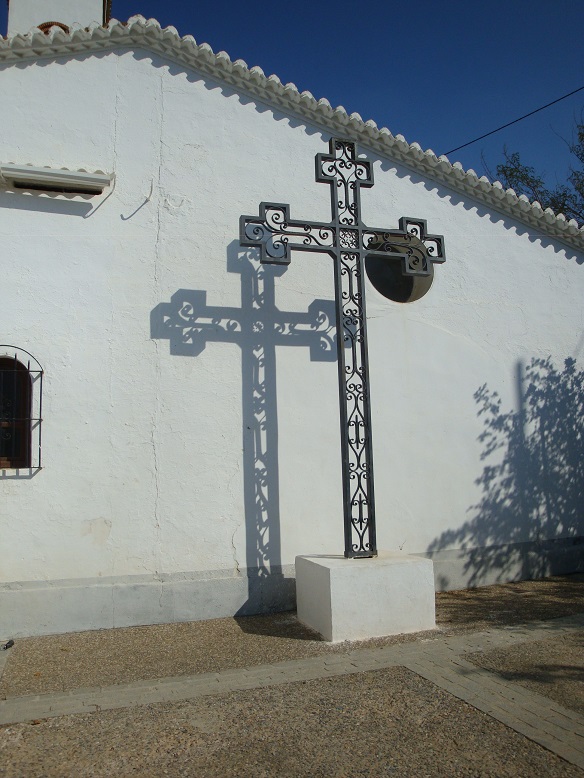



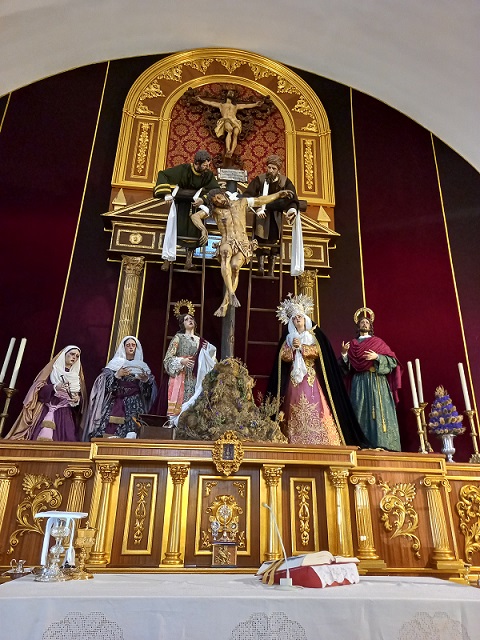
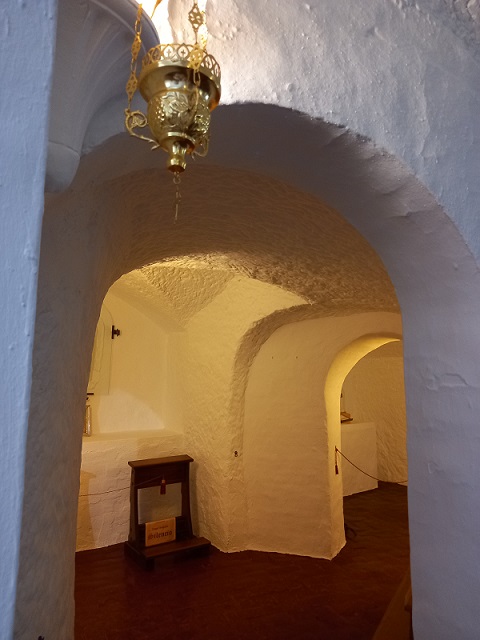

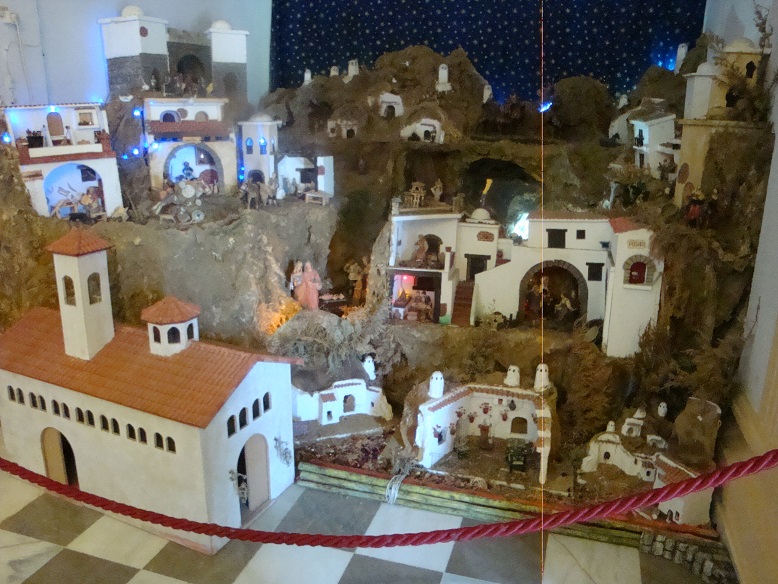



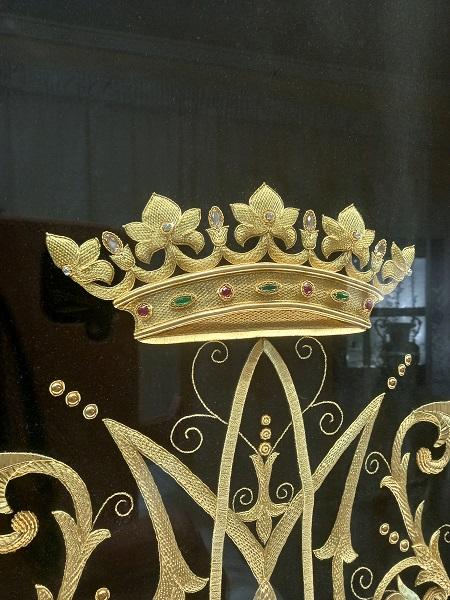

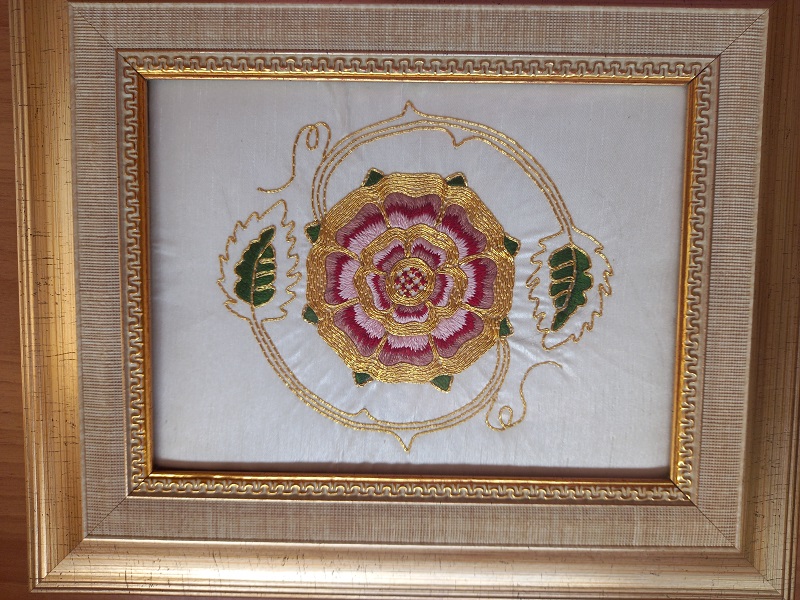

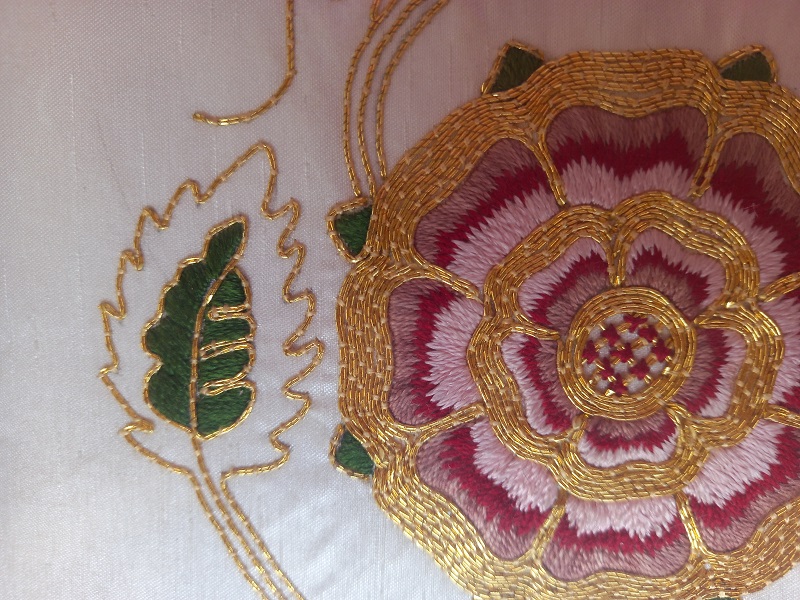
Might the cope have been intended for a statue in a procession, carried shoulder high or on some sort of stand that needed to be covered? It is certainly astonishing work. Maybe there is a convent nearby that specialises, or used to specialise, in such work?
Yes, it might be. It did not look as if it had been outside at all, it was certainly very new, no tarnishing at all. There probably is a convent as there is a cathedral there as well which I am planning to visit next time. It definitely is cathedral standard work.